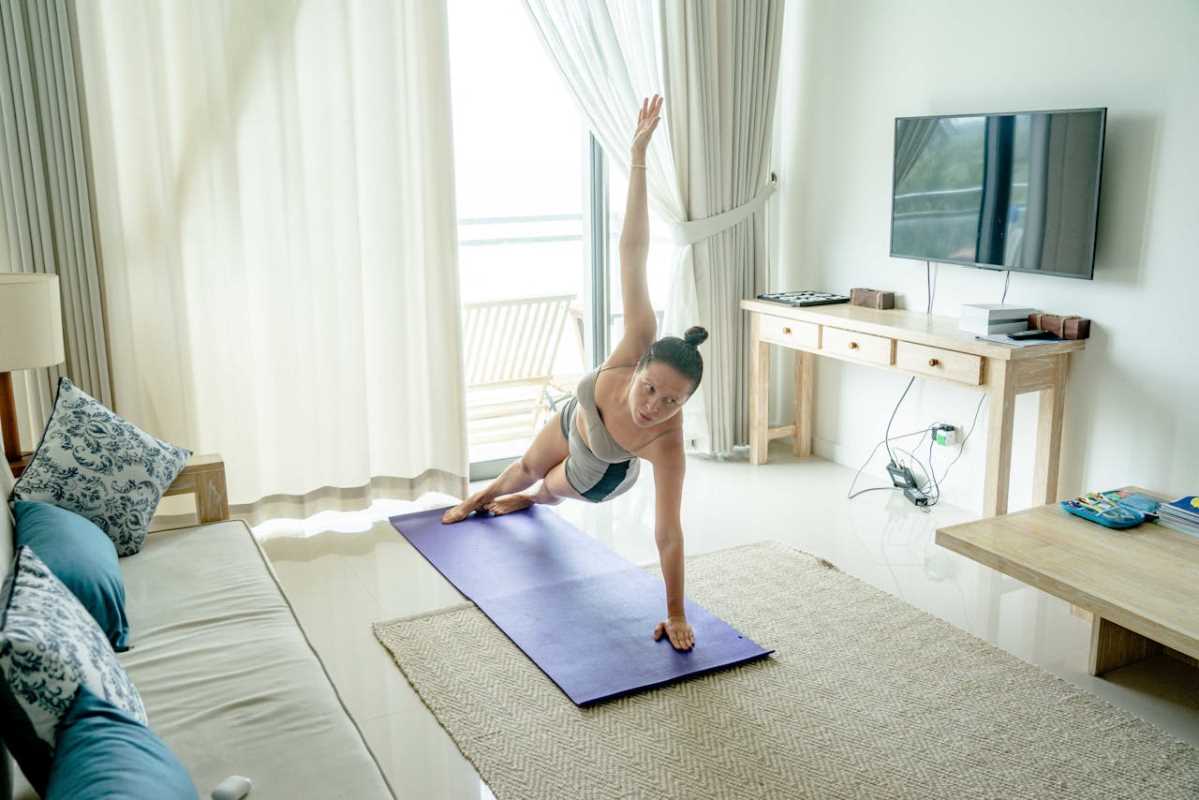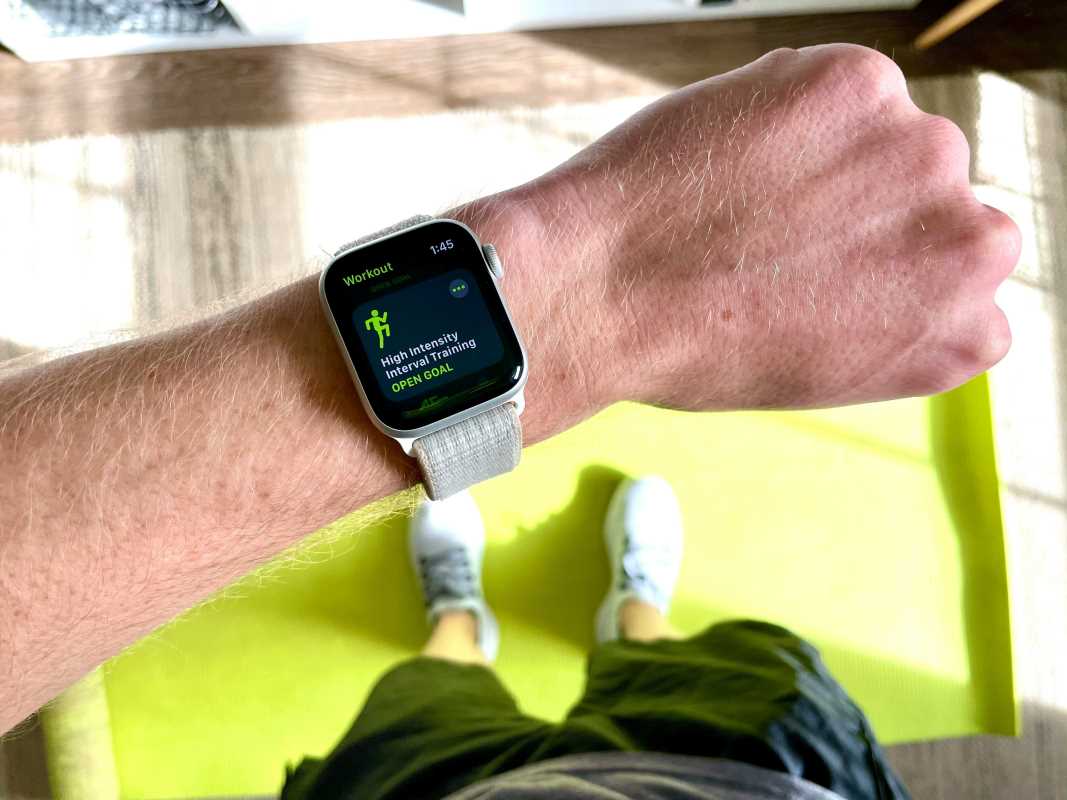Hours spent at a desk often lead to a stiff, weak core, but you can change that by activating the deep muscles that support your spine and pelvis. With the help of Pilates exercises, you will strengthen your core, stand taller, and ease lower back aches. This guide introduces nine simple movements and practical adjustments you can fit in between work tasks or during short breaks. Each step is easy to follow, allowing you to get the most benefit from every exercise while accommodating a typical desk setup. By the time you finish, you will have a straightforward routine that fits into your day, boosts your energy, and helps your core feel strong and stable.
What Is Core Stability
Core stability involves more than just a six-pack look. It depends on how well your muscles support your spine when you move, sit, or lift. Strong, balanced muscles reduce strain and help you maintain a healthy curve in your lower back. Engaging the deep transverse abdominis and pelvic floor muscles creates an internal corset that protects your spine throughout the day.
When those inner muscles activate properly, you’ll notice less slouching and fewer aches after long hours at your workstation. Practice drawing your belly button toward your spine while keeping relaxed breathing. That simple habit primes your connection to the core muscles and prepares you for each Pilates move you’ll learn next.
Key Pilates Techniques
This section covers nine moves you can do at home or in the office. Start each session with gentle breathing to activate your lower abs and pelvic floor. Then move through the list, resting briefly as needed between techniques.
- Pelvic Curl: Lie on your back with knees bent. Press your lower back into the floor, then peel your spine upward, lifting one vertebra at a time. Keep shoulders relaxed and arms by your sides.
- Single Leg Stretch: From a curl position, extend one leg out at a 45-degree angle while holding the opposite knee. Switch legs in a controlled flow, maintaining a stable pelvis.
- Spine Twist: Sit up tall with legs extended. Twist your torso left and right, reaching your arms out to follow the motion. Keep hips square and back straight.
- Plank with Knee Tap: Start in a forearm plank. Gently tap one knee to the floor, return to plank, then switch sides. Engage your deep core to prevent sagging.
Adjustments for Desk Workers
You don’t need a full mat to work on core activation. Here are quick tweaks you can do around your keyboard and swivel chair:
- Seated Pelvic Tilt: Sit upright, press feet into the floor, and tilt your pelvis forward and backward in slow rotations. Keep shoulders down and back.
- Desk Push-Up: Stand a few feet from your desk, hands on the edge. Perform incline push-ups while engaging your core as if you were in a plank.
- Chair Roll-Back: Sit on the front edge of a sturdy chair. Hold the sides, lean back while keeping your back straight, then roll forward to starting position. This mimics the roll-down but stays upright.
Sample Weekly Routine
- Monday: Pelvic Curl and Single Leg Stretch (2 sets of 8 reps each).
- Tuesday: Seated Pelvic Tilt and Desk Push-Up (3 sets of 10 reps).
- Wednesday: Rest or gentle walk, focusing on breathing exercises.
- Thursday: Spine Twist and Chair Roll-Back (2 sets of 10 reps each).
- Friday: Plank with Knee Tap (3 sets of 5 taps per side).
- Saturday: Combine all moves at half reps for a full-body flow.
- Sunday: Active recovery with light stretching and mindful breathing.
Safety Tips and Best Practices
- Always warm up with gentle stretches or a few minutes of walking.
- Keep breathing steady—exhale as you lift or twist, inhale as you return.
- Engage your deep core before each move to protect your lower back.
- Move slowly and with control; avoid jerky or rushed motions.
- Stop if you feel sharp pain and consult a professional if discomfort persists.
Practicing these nine Pilates techniques regularly strengthens your core and relieves desk-bound tension. Short sessions improve your alignment and comfort during work.
 (Image via
(Image via





